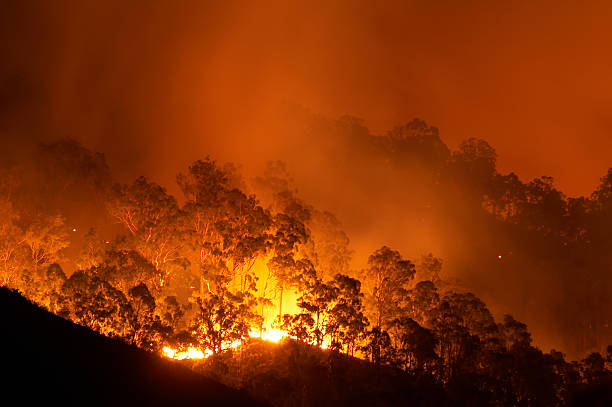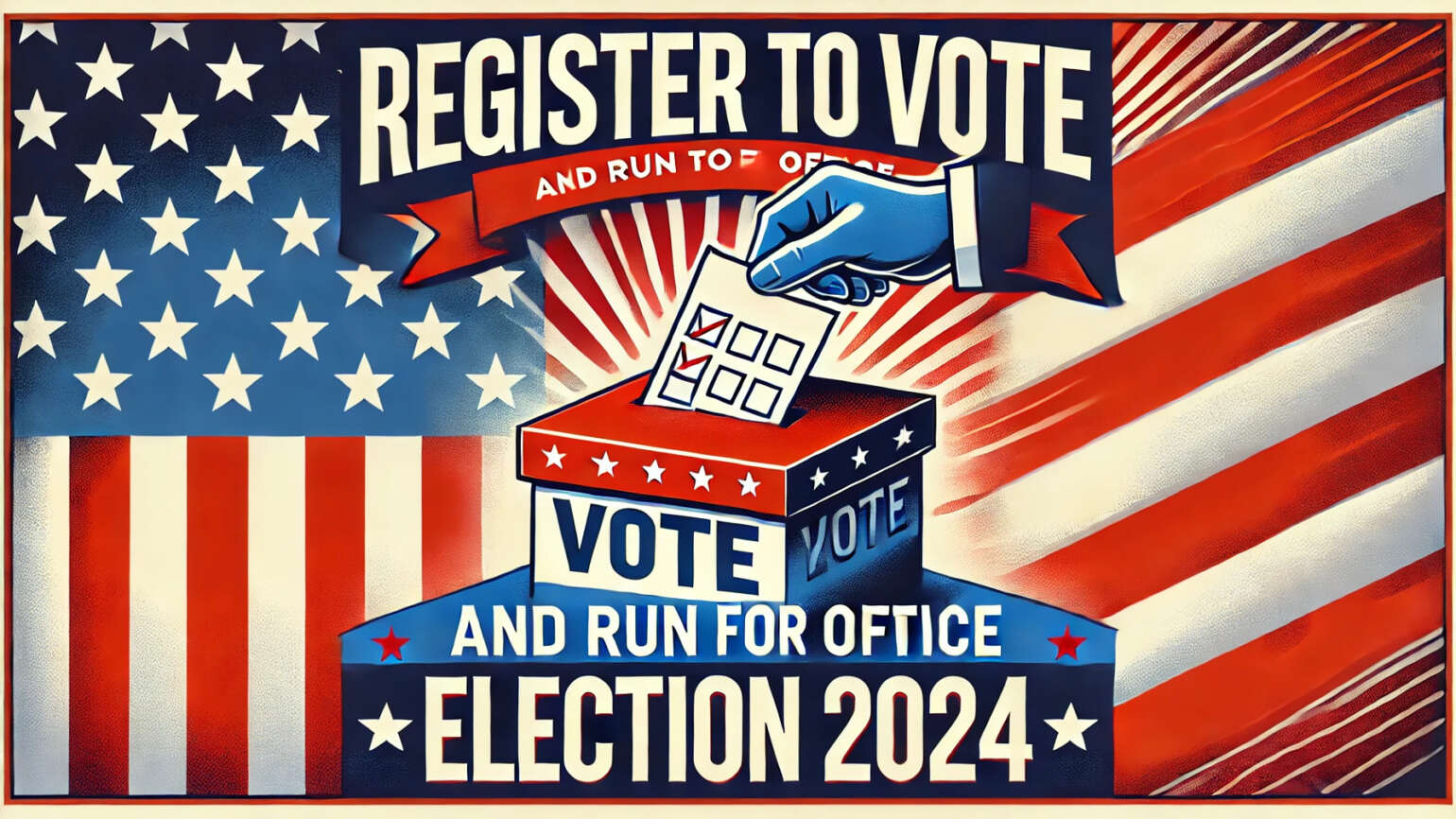Over the past few days the state of Hawaii’s islands of Maui and Hawaii have been hit with devastating wild fires that have destroyed forest, property and the lives of people. Immediately climate change activists concluded that these fires were the result of ‘human-activity’ changing the world’s climate. For example on the Associated Press online main U.S. News web page the headline reads “Flash drought, invasive grasses, winds, hurricane and climate change fuel Maui’s devastating fires.”1
Stories about these wild fires have included the fact that Hurricane Dora passing just south of the islands was a major factor increasing the spread and damage of these wild fires but have tended to minimize the hurricane’s effects to emphasize that these fires are a result of climate change. In fact, hurricanes along with drought and non-native grasses have often been contributing factors to regularly occurring wild fires throughout Hawaii’s recorded history. For example, the Hawai’i Wildfire Management Organization revealed that over the period from 2002 to 2012 there have been 13,500 wild fires in Hawaii.2 The University of Hawaii’s wildfire studies also stated that wildfires have been a part of the documented history of the state but before the recent attempts to improve data collection there had only been spotty documentation of wild fires across the state.3
From 1904 through the 1980’s it is estimated that about 5,000 acres burned in an average year in Hawaii. In more recent years, however, while the number and severity of hurricanes have not noticeably increased, the number and severity of drought in the islands has increased….”OVER THE LAST HUNDRED YEARS” according to Dr. Abby Frazier, a research fellow at the East-West Center, who is studying data about studies rain and drought in Hawaiʻi.4
The major factor in Hawaiian wild fire that has dramatically increased over recent years is the rapid growth of non-native, invasive species of grasses. Dr. Christian Giardina concluded in the same Sea Grant article referenced above that these grasses have increased the frequency and severity of wild fires in all the Pacific islands and it’s a common issue in Hawaii because the grasses “…burn up to the edge of the forest and catch the forest on fire, and if it’s a native forest, it now becomes replaced by this exotic grassland.” These studies indicated as early as 2019 that the island of Maui was a “…ticking time bomb due to its massive tracts of fallow farmland…” which had been taken over by the non-native grasses.
As to the frequency and intensity of Pacific ocean hurricanes that might affect Hawaiian wild fires, the Geophysical Fluid Dynamics Laboratory of Princeton University that studies the impact of human activity on climate change concluded that there is no data over recent years to indicate an increase in average frequency of hurricanes in the Pacific basin with only an increase of a “fraction of tropical cyclone
intensity.”5 Even though the overall theme of the article above is to bolster the mantra that climate is a product of human activity throughout the text the scientists note that there is nothing in their studies to indicate conclusively that humans have caused climate change and that it is “premature” to make that determination. And, one could conclude, there is no reason to state from these studies that climate change has caused the recent wild fires to be more destructive in Hawaii.
In early summer weather stories appeared forecasting a heavy and destructive hurricane season for the US due to climate change.6 Now, since none of these predictions thus far through the season have come true there are stories appearing that state that while the number of hurricanes may decrease this season, this also is a product of climate change using words words to the effect that just you wait, they’re coming and that they’ll have the “potential to deliver more damage.”7
The evidence and/or the lack thereof, indicates that it is incorrect and premature to dogmatically assert that the wild fires in Hawaii have been definitely caused by climate change. That’s how it appears to us… Do your own homework on the issue. Read the biased and unbiased sources that can easily be found on the internet.
- Rush, C., Borenstein, S. & McDermott, J. (2023). Flash drought, invasive grasses, winds, hurricane and climate change fuel Maui’s devastating fires. The Associated Press. Retrieved from https://apnews.com/article/hawaii-wildfires-climate-change-92c0930be7c28ec9ac71392a83c87582
- Fire History Mapping and Analysis. (2023). Hawai’i Wildfire Management Organization. Retrieved from https://www.hawaiiwildfire.org/fire-history-mapping-and-analysis
- Hawaii State Wildfire History. (2014). University of Hawai‘i – College of Tropical Agriculture and Human Resources. Retrieved from http://gis.ctahr.hawaii.edu/WildfireHistory
- Kodama, K. (2019). Turning up the Heat: the evolving threat of wildfire. Sea Grant, University of Hawaii. Retrieved from https://seagrant.soest.hawaii.edu/turning-up-the-heat/
- Global Warming and Hurricanes. (2023). Geophysical Fluid Dynamics Laboratoy, Princeton University. Retrieved from https://www.gfdl.noaa.gov/global-warming-and-hurricanes/
- Hurricane predictions soar in 2023 as climate change heats up the globe. (2023). Global News Channel. Retrieved from https://www.youtube.com/watch?v=gc4zxyII5gc
- Hurricanes and Climate Change. (2023). Center for Climate and Energy Solutions. Retrieved from https://www.c2es.org/content/hurricanes-and-climate-change/
Frequently Asked Questions (FAQ) about Wildfires in Hawaii and Climate Change:
1. Are the recent wildfires in Hawaii solely attributed to climate change?
While climate change activists often link wildfires to human-induced climate change, the causes of wildfires are multifaceted. Factors such as invasive grass species, drought conditions, and historical weather patterns also contribute to the frequency and severity of wildfires in Hawaii.
2. Has there been an increase in the number of wildfires in Hawaii in recent years?
Data from organizations such as the Hawai’i Wildfire Management Organization and the University of Hawaii indicate a rise in the number of wildfires in Hawaii over recent years. Factors such as non-native grass proliferation and changing weather patterns have been cited as contributing factors.
3. Is climate change the primary driver of wildfire severity in Hawaii?
While climate change is often cited as a contributing factor to wildfire severity, other factors such as invasive grasses and land management practices also play significant roles. The interaction of these various factors complicates the attribution of wildfire severity solely to climate change.
4. Have hurricanes exacerbated wildfire conditions in Hawaii?
Hurricanes can influence wildfire conditions by altering weather patterns and increasing the likelihood of drought. However, studies from the Geophysical Fluid Dynamics Laboratory suggest that while hurricanes may intensify, there is no clear trend indicating an increase in their frequency in the Pacific basin.
5. How accurate are predictions about hurricane activity and climate change?
Predictions about hurricane activity and climate change can vary, and the relationship between the two is complex. While some forecasts suggest an increase in hurricane intensity due to climate change, others caution against making definitive conclusions based on current data.



